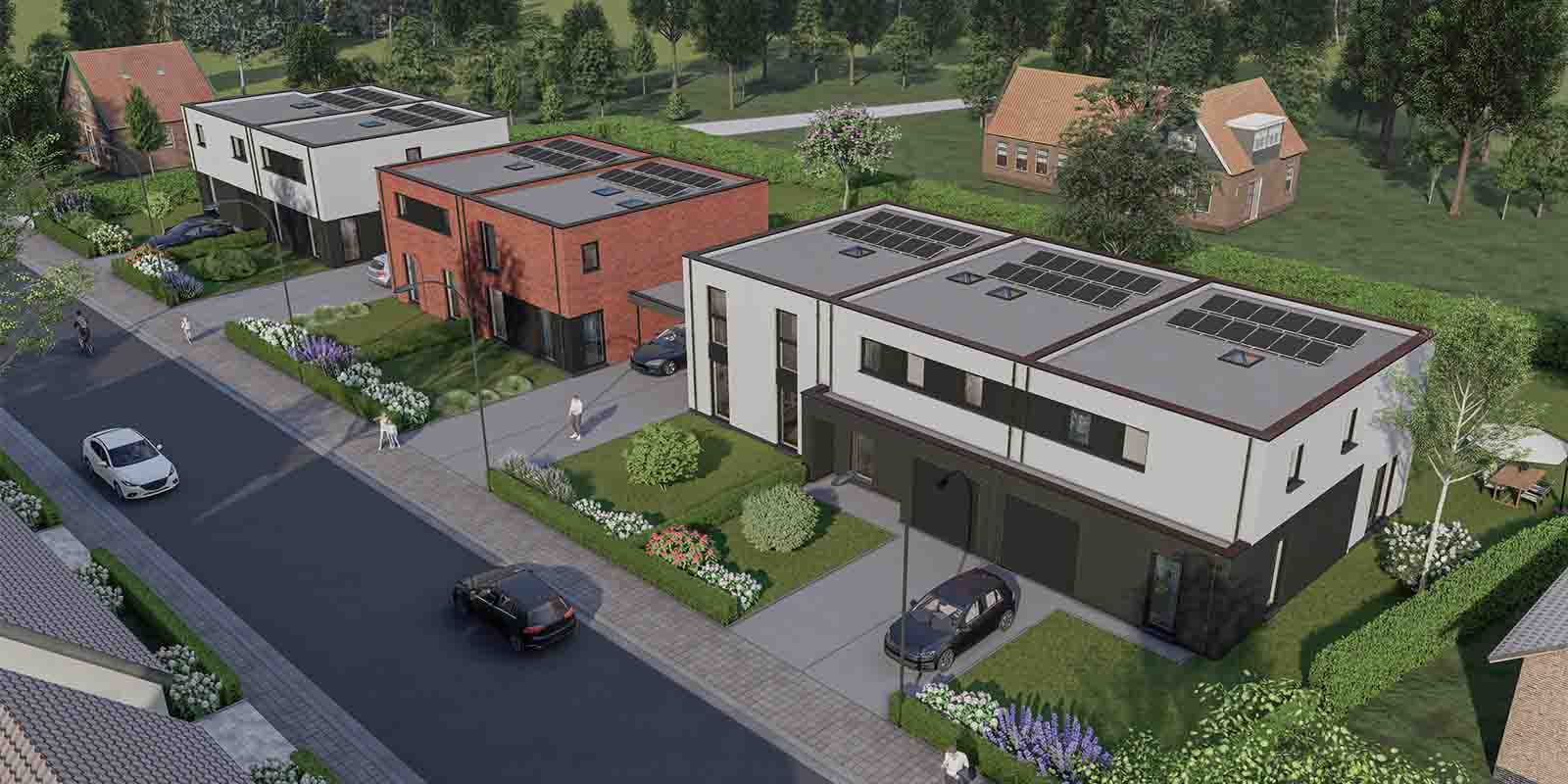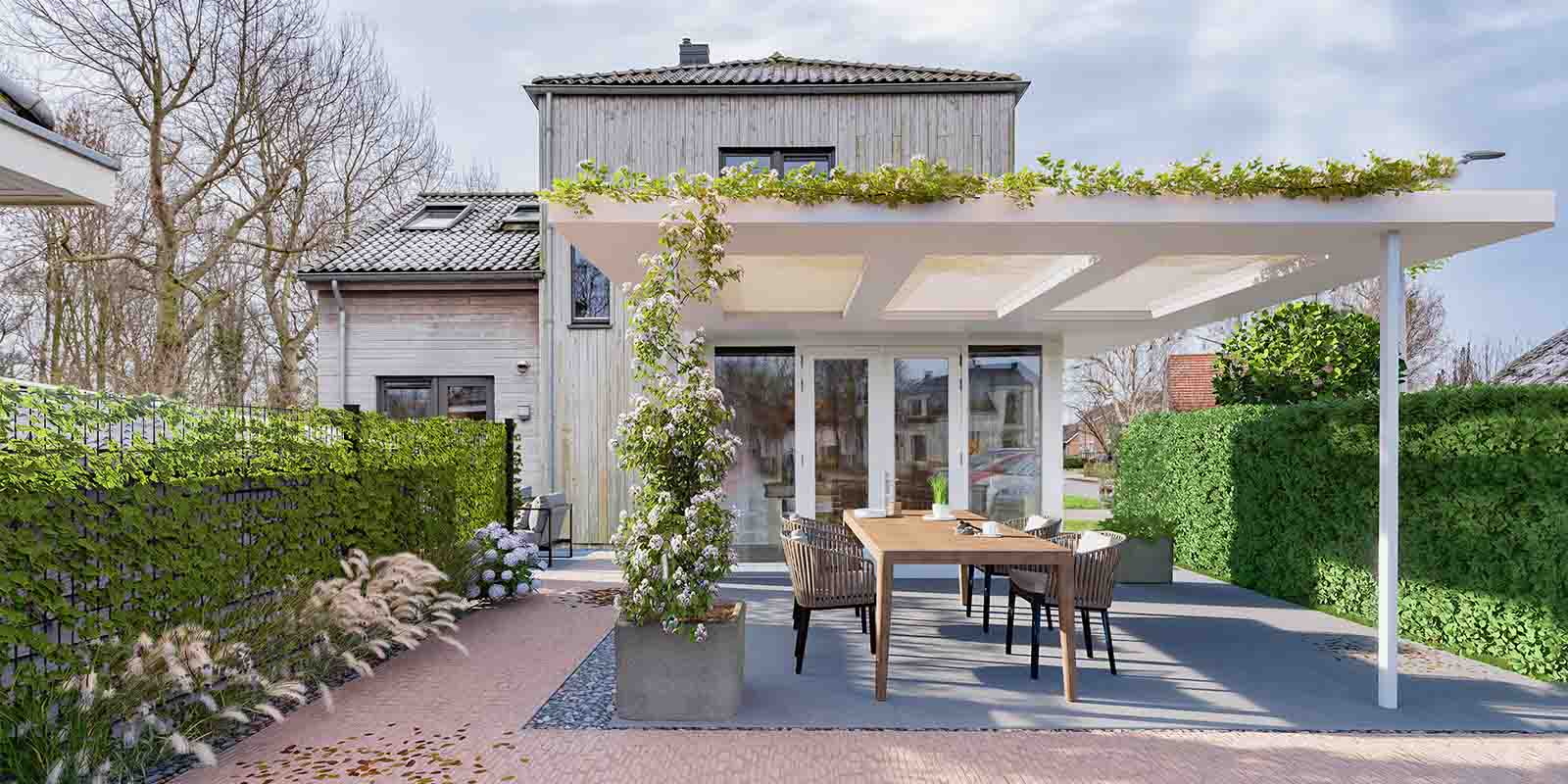
Key takeaways:
- 3D rendering creates realistic models of properties, designs, structures, and landscapes giving clear previews before construction starts.
- High-quality 3D renderings improve real estate marketing by showcasing properties attractively with features like virtual tours, boosting buyer interest and sales speed.
- Virtual design changes using 3D rendering reduce errors and optimize outcomes, cutting costs linked to design tweaks and construction adjustments.
- Interactive 3D walkthroughs and detailed visuals help clients explore properties thoroughly, speeding up decisions and boosting buyer confidence.
- AI and VR integration in 3D rendering enhance immersion and improve project visualization capabilities, shaping the future of the industry.
In real estate and architecture, 3D rendering is a game-changer. It creates realistic digital models of properties and buildings, helping visualize ideas. This technology improves communication, speeds up decisions, and transforms how projects are marketed and presented. This article explores the powerful benefits of 3D rendering, showing how it enhances project planning, marketing efforts, and client interactions in these important fields.
Benefits for real estate developers and agents
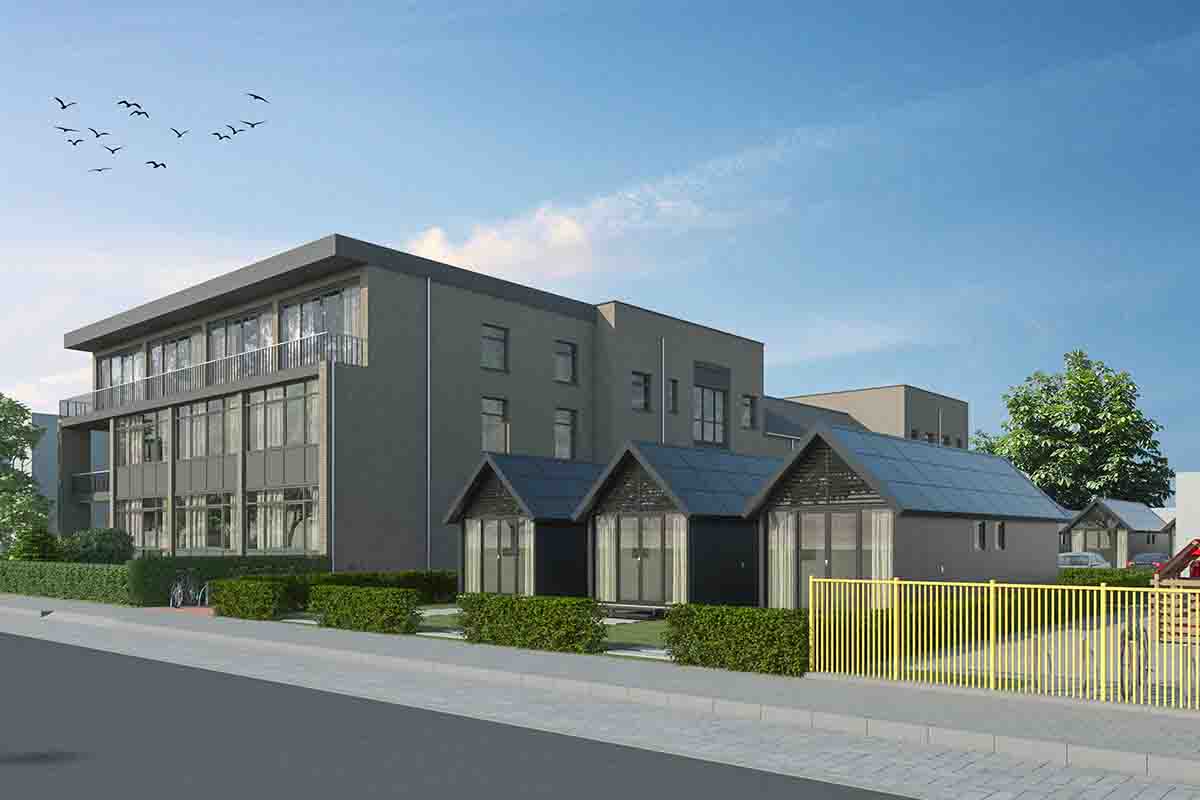
-
Enhanced visualization
3D real estate rendering creates realistic images of both the inside and outside of properties before they’re built. This helps potential buyers see exactly how a property will look, including details like finishes, furniture, and landscaping.
It makes architectural designs come to life, helping buyers understand the layout and aesthetic of a property. This is especially useful for properties still under construction or renovation, where traditional photos or blueprints might not show the final outcome clearly.
-
Improved marketing and sales
High-quality 3D renderings create stunning images and videos that enhance real estate listings and advertisements. These visuals can be used on websites, social media, brochures, and virtual tours.
By showcasing properties in the best light, 3D renderings attract more attention and leave a lasting impression. This professional presentation helps properties stand out, increasing interest and the chances of a sale.
-
Cost-effective modifications and ROI
3D rendering allows for virtual changes to designs before construction begins, preventing costly mistakes. Developers and architects can explore different design options, materials, and layouts without spending money on physical prototypes.
This proactive approach leads to better project outcomes and higher return on investment (ROI), ensuring client satisfaction by delivering exactly what was envisioned.
-
Increased buyer engagement
3D renderings offer interactive experiences through virtual walkthroughs and tours. Buyers can explore properties at their own pace, from any location, at any time.
They can navigate through rooms and see details up close, getting a true sense of the property’s layout and flow. This engagement helps buyers connect emotionally with the property, increasing their interest and likelihood of making an offer.
-
Faster decision making
3D renderings speed up decision-making by providing clear and detailed visuals of properties. When buyers see exactly what they are purchasing, it reduces uncertainty and hesitation.
They can quickly assess if a property meets their needs, leading to faster and more confident decisions. This benefits sellers as well, as properties spend less time on the market, and deals close more swiftly.
By using 3D rendering in real estate marketing, developers and agents can greatly enhance property presentation, leading to better engagement, quicker sales, and overall success in the market.
Blinqlab Direct offers Tailored 3D architectural rendering for real estate, architects, designers, and photographers
Blinqlab Direct offers custom 3D architectural rendering services for real estate professionals, architects, designers, and photographers. Our realistic visualizations bring your projects to life, helping you communicate your vision and attract buyers or clients.
Use our 3D renderings to enhance your marketing, showcase details, and present your designs compellingly. Partner with Blinqlab Direct to elevate your next project with our advanced 3D rendering technology.
Benefits for architects and designers
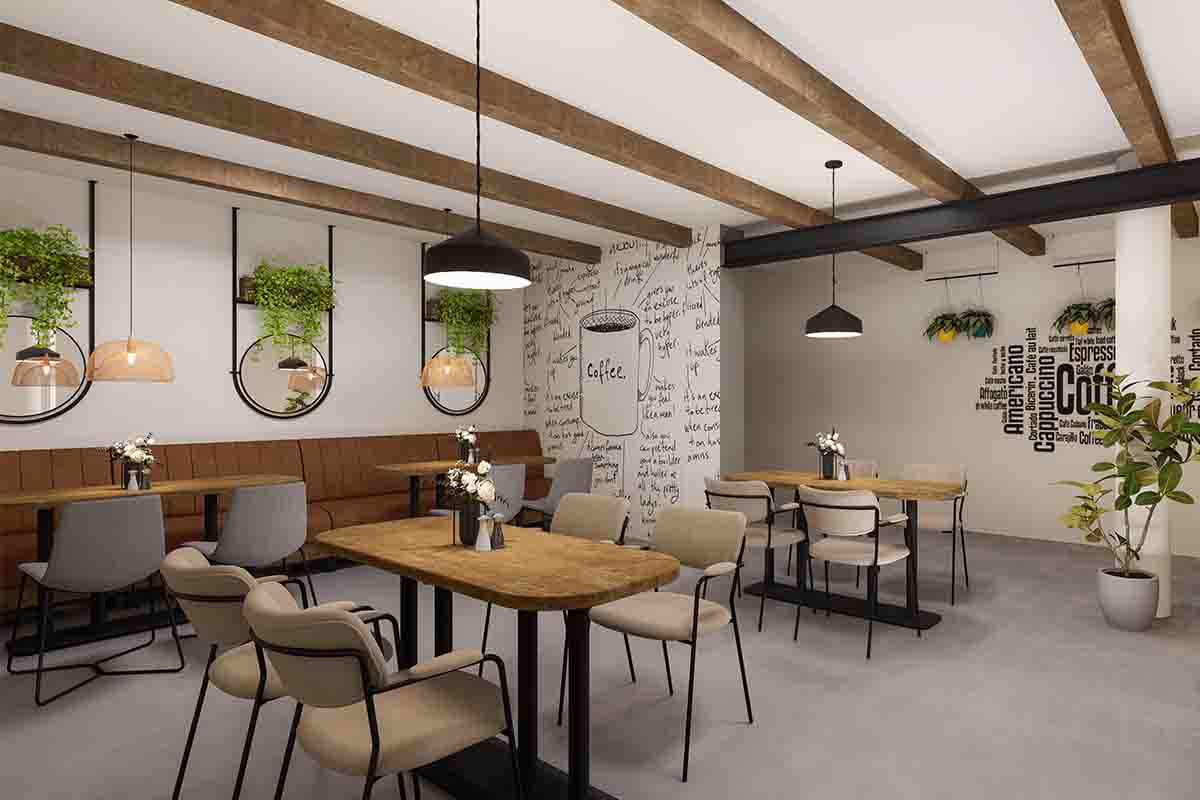
-
Accurate representations
3D rendering provides detailed and precise visualizations of designs, offering a realistic preview of the final project. This helps stakeholders clearly visualize the end product, ensuring it aligns with the original design intent.
-
Client communication
3D rendering enhances communication by presenting designs in a visually compelling manner. Clients can easily grasp the spatial layout, aesthetics, and functionality of the proposed project, reducing misunderstandings and improving client satisfaction.
-
Design flexibility
Architects and designers can experiment freely with different materials, colors, and layouts using 3D rendering. Digital models allow quick adjustments based on client preferences or project needs, ensuring the final design meets both aesthetic and functional requirements.
-
Project approval
Clear 3D visual presentations aid in obtaining permits and approvals from regulatory authorities. Detailed 3D renders help government agencies evaluate projects more effectively, streamlining approvals and minimizing delays.
-
Virtual reality implementation
Integrating 3D architectural visualization with virtual reality (VR) enhances the design process. VR allows architects and clients to experience and interact with designs in a realistic virtual environment, aiding in better decision-making and understanding of spatial scale.
-
Identification of shortcomings
3D rendering helps architects identify potential issues during the design phase. By visualizing projects in detail, architects can anticipate structural, spatial, or aesthetic challenges early on, allowing for proactive adjustments to improve overall design quality.
-
Innovation and creativity
3D rendering encourages architects to explore innovative design concepts and solutions. The technology enables visualization of complex architectural forms and intricate details, allowing creativity and pushing design boundaries.
-
Affordable and cost-effective
Utilizing 3D rendering can be cost-effective in the long run. Early identification and resolution of design flaws help architects avoid costly changes during construction. Accurate visualizations also assist in efficient resource allocation and project management, saving time and money overall.
Benefits for photographers
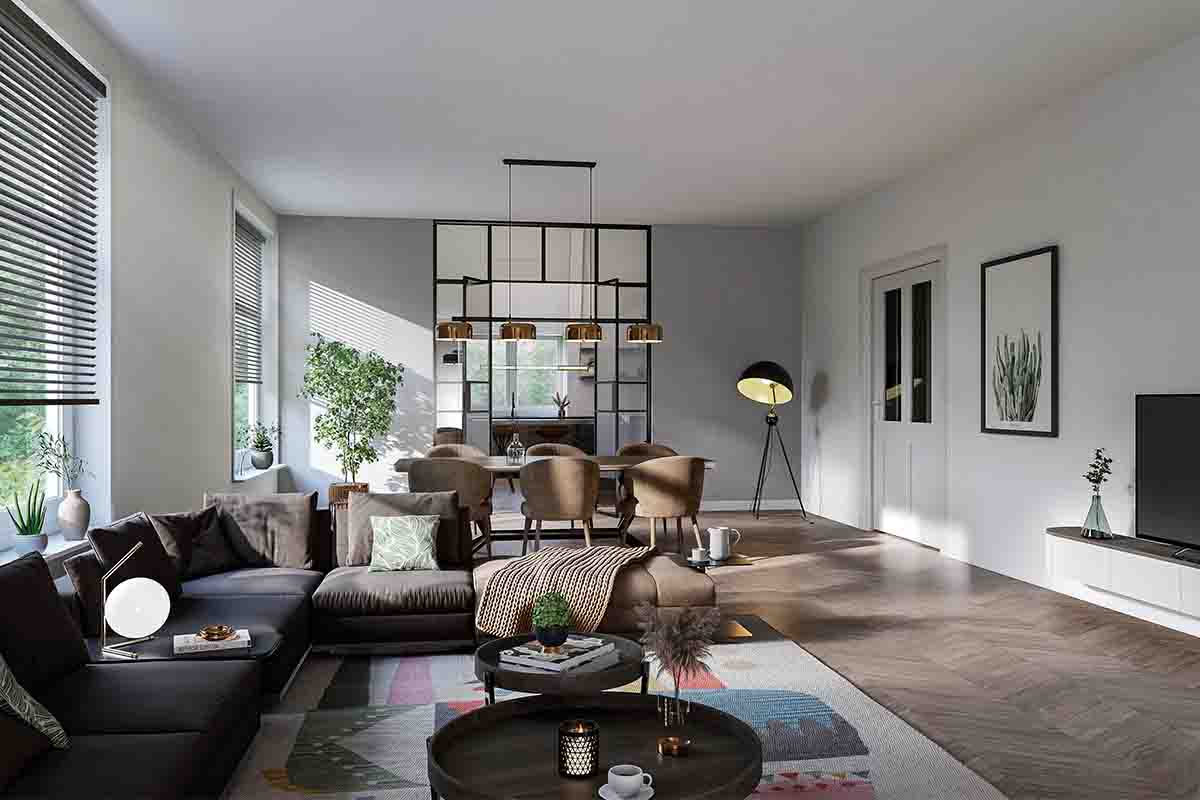
It’s a cost-effective option compared to traditional photography, providing high-quality and customizable visuals. This technology improves photographers’ workflow and allows them to meet the changing needs of clients in different industries.
-
Perfect staging
With 3D rendering, photographers can create perfect environments digitally. They have full control over details like furniture placement and lighting, saving time and money by avoiding physical setups.
-
Versatility in projects
Photographers can showcase a wide range of styles and designs using 3D rendering. Whether it’s modern buildings, vintage interiors, or futuristic scenes, they can meet diverse client needs without real-world limitations.
-
Time and Cost efficiency
Using 3D rendering reduces the need for traditional photo shoots, cutting down on scouting locations, scheduling, and setting up props. This efficiency streamlines the production process, ensuring projects are completed on budget and schedule.
-
High-Quality output
3D rendering produces realistic images that rival traditional photography. It captures detailed textures, lifelike lighting, and precise angles, often exceeding client expectations and enhancing marketing efforts.
-
Customizable scenes
Photographers have complete control over every aspect of a scene in 3D rendering. They can adjust lighting, angles, and elements to perfectly match client preferences, creating images and sketches that convey the desired mood and message effectively.
Future of 3D rendering
The future of 3D rendering in architecture, design, and real estate is marked by technological innovation, expanding market demand, and creative opportunities. AI, VR, and emerging technologies will continue to redefine how architectural ideas are conceived, communicated, and realized. These advancements lead to more interactive and sophisticated ways of showing how buildings will look and function.
-
Technological advancements: AI and VR integration
The future of 3D rendering in industries like architecture, design, and real estate is advancing rapidly thanks to AI and VR integration. Artificial intelligence is transforming architectural rendering by automating the creation of animated visuals based on design requirements and user preferences.
This streamlines the process and enhances realism in lighting and materials, giving architects powerful new tools for creating immersive visualizations Virtual reality (VR) integration is reshaping architectural visualization by offering immersive virtual walkthroughs of designs.
Architects and clients can experience projects at scale, improving engagement and decision-making throughout the design and construction phases. As VR technology becomes more accessible, it’s setting new standards in how architectural concepts are communicated visually.
-
Market trends: Increasing demand for 3D rendering services
There’s a growing demand across industries for 3D rendering services due to the rise of digital platforms and virtual presentations. Architects, real estate developers, and designers rely on 3D renders to showcase projects effectively, attracting clients and investors with realistic visuals.
Advancements in rendering technology, such as cloud-based services, have made high-quality visual content more affordable and accessible. This democratization of rendering capabilities is fueling further demand and enabling global competition among firms and freelancers.
-
Opportunities for growth: New applications and innovations
The future of 3D rendering presents numerous growth opportunities through new applications and innovations. Architects and designers are increasingly using realistic animations and cinematic presentations to market their projects, emphasizing both aesthetic appeal and functionality.
The integration of mixed reality (MR) is also transforming how architectural concepts are visualized by overlaying digital models onto real-world environments. This immersive technology enhances collaboration and decision-making by providing a tangible preview of future constructions.
Ready to transform your projects with stunning 3D renderings
Transform your projects with stunning 3D renderings designed for real estate developers, photographers, architects, and designers. Blinqlab Direct offers expertly crafted solutions with over 1,000 successful projects showcasing our commitment to photorealism and detail.
Our tailored services cater to your specific needs, delivering high-quality results that go beyond expectations. Hear directly from our satisfied clients through glowing testimonials.
Enjoy competitive pricing without sacrificing quality. Trust Blinqlab Direct rendering studio for swift and exceptional 3D visualizations that bring your ideas to life.
In summary
3D rendering is leading the way in transforming real estate and architecture with its ability to provide clear visualizations and cost-effective design options.
Through advanced technologies like virtual reality, stakeholders can enhance decision-making and project outcomes significantly. As AI and VR continue to advance, the future holds even more exciting possibilities for immersive project visualization.
Let us help you achieve your goals efficiently and effectively with our expertise in 3D architectural rendering. Get in touch now to request a quote and elevate your designs.
FAQ’s
What is the main purpose of 3D rendering?
3D rendering turns 3D digital models into 2D pictures on a screen. It uses computer software to create realistic drawings or animations from a virtual 3D scene. This is used for visualizing designs, making movies and games, and creating realistic product images for ads.
What are the benefits of 3D rendering in architecture?
3D rendering in architecture creates lifelike previews of buildings, helping decisions and changes upfront. It improves communication among architects, clients, and builders, cutting misunderstandings. It also allows for testing designs and environments early, saving money by catching problems sooner.
What are the benefits of 3D rendering in real estate?
3D rendering in real estate improves marketing with realistic visuals and virtual tours, attracting more buyers. It lets people see custom designs and staged interiors, speeding up sales. It also allows remote viewing and helps developers plan future projects better.
How does 3D rendering contribute to effective marketing and presentation of real estate properties?
3D rendering boosts real estate marketing with lifelike visuals that help buyers see properties clearly and imagine their potential. It offers virtual tours and customization, making the experience more engaging. This technology also saves time and money, reaching a wider audience effectively.
How does 3D rendering enhance the visualization of architectural designs?
3D rendering enhances architectural design visualization by creating realistic, detailed images of the final project. This helps everyone involved understand the design better and make informed decisions. It also allows for virtual walkthroughs and exploring different design options, improving communication and reducing misunderstandings.
